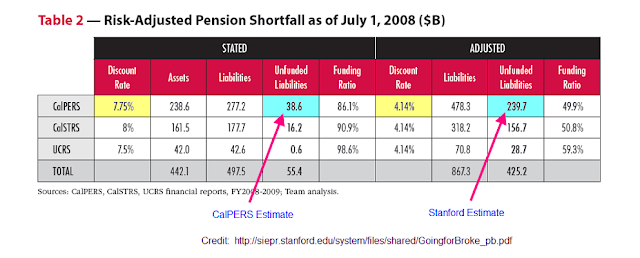TAIPEI, Taiwan (AP) — The Taiwanese electronics company buffeted by a spate of suicides at its China factories said Friday it will raise the pay of workers by an average of 20 percent.
The pay raises at Foxconn Technology Group have been in the works for months to cope with a labor shortage following China's recovery from the global recession, said a company official speaking on condition of anonymity because he was not authorized to talk to the press.
. . . . The basic salary at the China plants of Foxconn Technology Group — which makes iPhones and other popular gadgets — is currently about 900 yuan ($130) per month.
. . . . The company, part of Taiwan's Hon Hai Precision Industry Co., is the world's largest contract maker of electronics. Its long list of big-name customers include Apple Inc., Sony Corp., Dell Inc., Nokia Corp. and Hewlett-Packard Co.
Cheap labor runs the industrial world. A manufacturer that can sell it cheaper and better will make money. You have to marvel on how these workers can survive on the present $130 a month. Just imagine if they took out for Health care and Social Security. It does explain how electronics in this country are so cheap. Of course if that’s all you are being paid, you can’t consume very much either.
Here is a link to a CNBC video with Steve Wynn. He is a big resort owner in Las Vegas who needs inexpensive labor to keep his hotels running.
CNBC Video
In essence, Obama’s new health care plan adds 2 dollars to the minimum wage (the employer’s share). Of course the employee gets to kick in a matching 2 dollars. If we figure the minimum wage right now at $8, add $2 for employee SSI and unemployment benefits then add $2 from the new health insurance costs, and calculate employee cost per month; $12 X 40 hours X 4 weeks, $1,920.
Let’s see if I have this right. The monthly wage of Chinese laborers is being raised to $156 dollars per month, and stateside the minimum wage will soon be $1,920 a month. If a manufacturer wants to produce a retail product for consumption, they’d be an idiot to produce it in this country. On the other hand, if the business deals in servicing customers, the employer is caught paying the going rate unless it can be accomplished by phone support based in some third world country.
Steve Wynn from the link above is taking advantage of this dichotomy in the world economy; gambling is a service business. His move to Asia allows him to offer 10 times more in service and still pay less on the bottom line.
A lot of medical procedures are going offshore also. India offers open heart surgery at one third the price in the US and that includes airfare.
The question arises, how do we recapture our industrial base that has moved offshore? I guess the real question is; “Why bother?” China is still advancing us credit, by buying our Treasury’s on the “Fog a Mirror” plan. It worked great for us for a while, in real estate. I guess this is where I keep quiet; we’ll let China figure this out the hard way.



